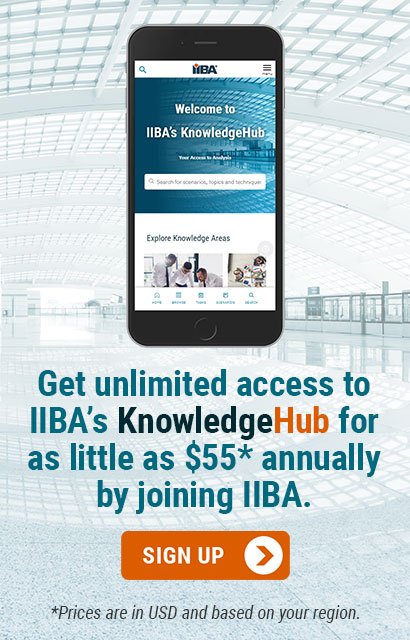
1. Understanding Business Analysis
1.5 How to Gain the Most from the Standard
The Business Analysis Standard
The Standard serves as an excellent starting point for exploring our detailed knowledge sources, which provide practical examples (accessible via embedded links).
The business analysis community leverages the Standard in several ways:
- Foundation for Understanding: It provides the basis for comprehending the scope of business analysis work.
- Mentoring Tool: It aids in mentoring individuals who are new to business analysis or a specific initiative.
- Educational Resource: It educates stakeholders about the comprehensive nature of business analysis work.
- Comprehensive Overview: It offers a simplified, yet thorough, view of business analysis.
- Gateway to Knowledge: It acts as a portal to more detailed knowledge sources.
- User-Friendly Guide: It provides an easy-to-navigate view of business analysis tasks.




















